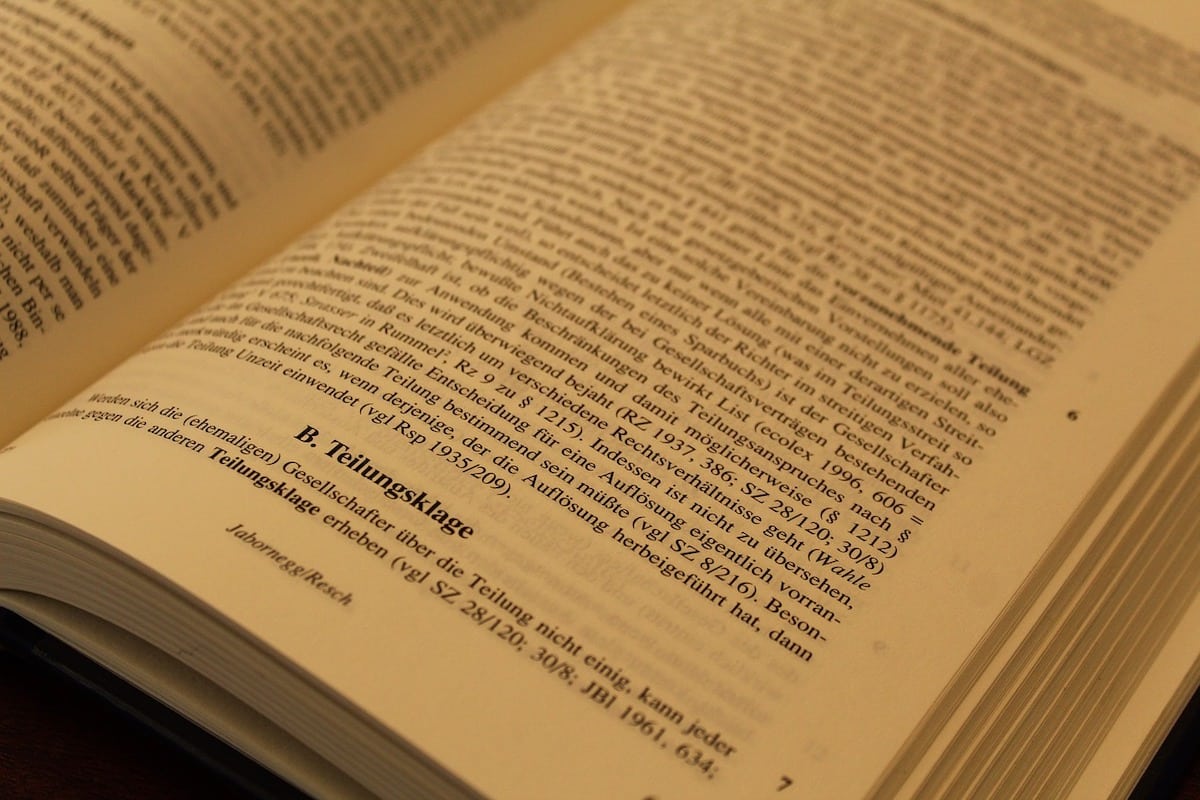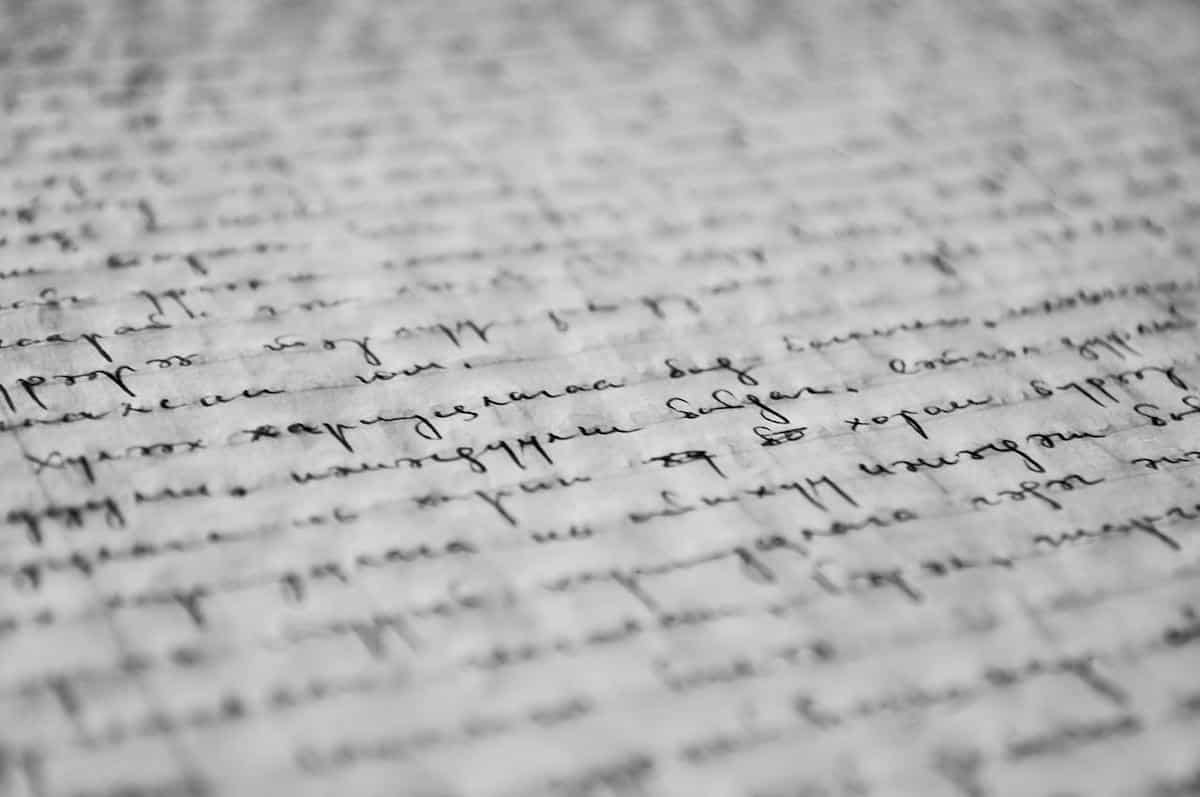
A paragraph is all those rows of letters that form an understandable text, which is normally part of a larger one, and that sometimes causes so much sweat for writers. But to be more precise and technical, el Dictionary of the Royal Spanish Academy defines paragraph as «fragment of a prose text made up of a set of consecutive lines and characterized by the full stop at the end of the last one».
It is important to note then that a paragraph is written in prose (by contrast, a poem is made up of stanzas and lines) and has a point that ends the idea of that text. But in addition to these basic characteristics, a paragraph must have others that help define it.
Characteristics of a paragraph

- A paragraph is an independent unit, but it is usually part of a larger text.. That is to say, it has a complete and autonomous meaning, but, at the same time, it also is at the service of the style and theme of a larger structure. Its objective is to give meaning and rhythm to the global idea. Therefore, all the paragraphs of a text will have a similar length between them.
- When at school they taught us to write a text and, therefore, to fill it up of paragraphs took great care to explain the importance of beginning and ending each one. A paragraph is never longer or shorter than it should. In fact, blogs follow slightly different writing rules than other types of texts (for reasons of web readability).
- It is because of that there are different types of paragraphs, as many as types of text. The paragraphs of an online blog follow structures and especially dimensions different from those of other texts. A text can be expository, argumentative, journalistic, literary, descriptive, scientific... In any case, the paragraphs are prose texts that always follow the line of the text to which they belong.
- Likewise, punctuation is a fundamental feature in a paragraph. The correct use of punctuation marks is key to determining if a paragraph is correctly written: commas, ellipses, semicolons, exclamation and question marks, parentheses, quotation marks and hyphens. But especially the points.
- The point and followed generally close sentences and help a paragraph not have so many and so long sentences. Perhaps that is why the point and followed has the most important function in a paragraph. Full stops end a paragraph to continue with the next. And the end points conclude the text.
- Coherence, cohesion and adaptation. They are the properties of a text; therefore, they are also present in a paragraph. These characteristics help to communicate that, ultimately, it is what all types of text intend. Coherence maintains the meaning of a text (the length is appropriate, the information offered is timely and well ordered). Cohesion has to do with the grammatical part, especially with the syntax (sentences are correctly structured and connected to each other). The adequacy ensures that the text is the suitable for the communicative situation (it adapts to the context and the objective of the communication).
Example and analysis. a short story

Finally The purpose of a paragraph is to structure the overall idea of the text. to which most of the time it is subject. If it is an absolutely independent text, it will do it in the same way, that is, it will offer the information (depending on the type of text in question) well ordered with the appropriate punctuation marks and with sentences of appropriate length, always faithful to the style and to the topic. And finally, a paragraph should always be coherent, be well cohesive and fit its context and purpose.
This is perhaps why it is so difficult to analyze a paragraph in isolation from the rest that make up a text. And although we could have done it, here we leave as an example the winning short story of the Micro-story and Photography Contest "A smile away" 2021, proposed by the Madrid Municipal Transport Company (EMT). The short story is called Mouths and its author sea ovens.
The topic is inserted in the context of the Covid-19 pandemic when trips on public transport were made with masks and the travelers could see everything except nose and mouth (well, this is something that we still have in Spain).
A girl describes in the first person the passengers who accompany her during her bus trip and identifies them with nicknames of mouths that she does not know, but that she interprets through the physical appearance or behavior of the people. The main character (specific time and clear place, the EMT bus) He ends up drawing his own mouth and makes a decision.
Mar Hornos resolves his story with acidity and a point of sagacity that moves the entire micro-story. A single paragraph is the entire text. Cleverly selects a trait in each sentence, after period and followed, period and followed. After capturing the characters with brief brushstrokes of proverbs and sayings, the narrator character figures out what she has to do next. Her own full stop.